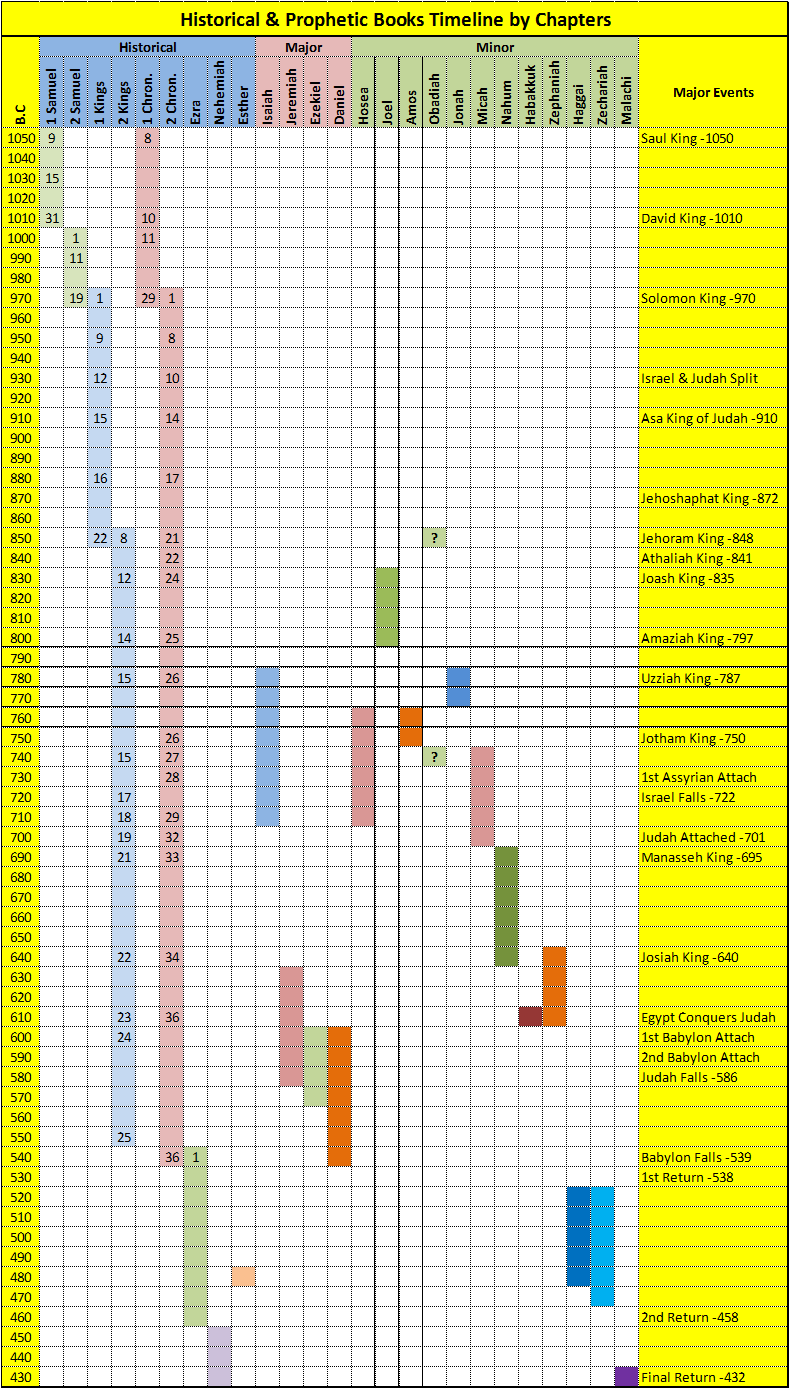INTRODUCTION TO 1 AND 2 KINGS
QUESTIONS FOR STUDY 1
MAP OF JERUSALEM
ISRAEL'S HISTORY
LIST OF MAJOR EVENTS FROM BABYLON TIMES TO ROMAN OCCUPATION OF JUDAH
Before analyzing the test of any book of the Bible, it is well to learn the historical background.
Also, it is best to make a "skyscraper" view of its general contents. Accordingly, this introduction is divided into two parts: background and survey.

- BACKGROUND
- Author.
- HE
- He
- HE
- Date and Place of Writing
- The
- The
- Addressee
- HE
- He
- HE
- Occasion and Purpose
- HE
- HE
- HE
- Form and Style
- FORM.
The Me
- STYLE.
In Me
- Place Among the Old Testament Books
- NIke
- NINe
- FOUR
- SURVEY
We
STUDY 1 QUESTIONS
STUDY 1 COMMENTS
|